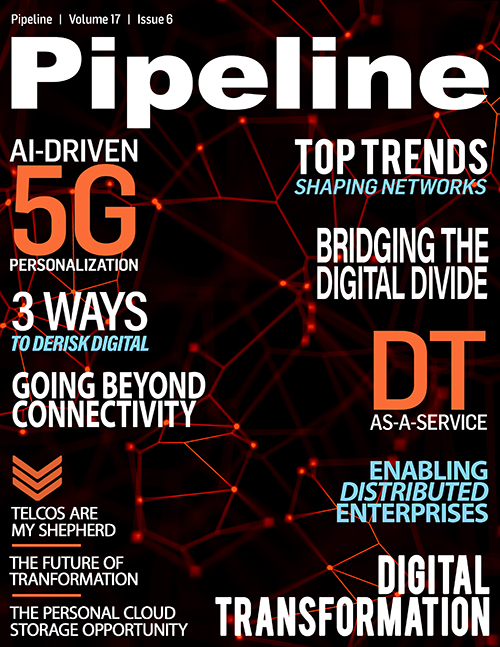Demand and Delivery: Bridging the Digital Divide
By: Frank DeJoy

Demand has never been greater, consumer needs more urgent, and government funding more accessible. So why are broadband providers facing such difficulty delivering Internet to the country’s vast underserved communities? And how are these new obstacles transforming how network teams work?
Broadband’s transition from entertainment luxury to societal and economic necessity has been fast and extensive. Access to a high-speed broadband network is no longer merely a convenience or amenity. Like the telephone in the twentieth century, broadband Internet service is entering the realm of an essential service in the twenty-first.
Only about one-third of American homes can access all-fiber-optic networks. A lack of connectivity among rural Americans is much publicized, but the problem is just as stark across some urban regions of the country. In addition to costs to build broadband networks in rural areas, the digital divide is also a result of the costs of connectivity between higher- and lower-income areas. It is important to note that three times as many low-income Americans are without broadband access than rural Americans. The problem is broad in scale and centered on social inequality.
Quarantine protocols have only exacerbated this already-urgent need. Access was previously becoming increasingly necessary for work, school, and healthcare. Now, broadband serves as an outlet for
ordering groceries, applying for jobs, accessing government services, and connecting with family members. As one of the essential infrastructure assets of the current generation, broadband access
also represents a foundational transition to the burgeoning digital economy—a lifeblood of national economic development, international competitiveness, and industry innovation.
Solving the cost puzzle
Demand is sky-high and time-sensitive. So, why are networks struggling to deliver? When it comes to last-mile options, there are many viable solutions available. From established solutions like
DSL, DOCSIS, and fixed wireless to premium and emerging options such as fiber, 5G, WiFi 6 and satellite, there is no shortage of technology to match any unserved or underserved population. What’s
the challenge, if not delivery?
All of the above options rely on fiber as the backbone, and fiber delivery comes with complexity. Cost-to-serve is a primary challenge in expanding broadband access. Unfortunately, from the
perspective of service providers, there often isn’t enough population to justify an investment in rural areas, and the decision merely becomes economic.
In an attempt to provide equitable Internet access to all communities, there has been an injection of federal-level, high-cost support incentives such as the Federal Communications Commission (FCC)’s Rural Digital Opportunity Fund (RDOF), Connect America Fund (CAF), and the USDA’s ReConnect Program, to name a few. Most recently, RDOF is set to distribute $20.4 billion in network infrastructure stimulus. And this is just national-level funding. There are also a myriad of state-level funds, private awards, and local grants. With considerable stimulus already in play, this may just be the beginning as the FCC seeks to leverage private-sector investment to build the country’s networks. President Joe Biden has already earmarked an additional $20 billion for expanding broadband infrastructure. The plan includes tripling the funding toward Community Connect broadband grants and restructuring the Lifeline program for Internet and phone subsidies.
Tools for the job
Peak demand and unprecedented funds drive the charge to build high-quality networks quickly, but network operators must adapt to stringent new compliance standards—




















